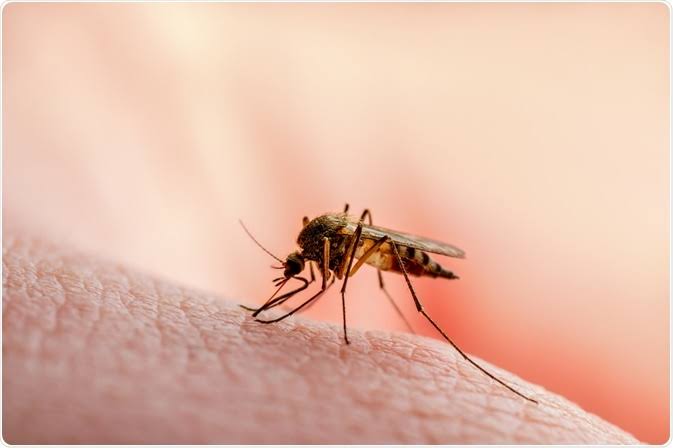Experts, in a survey, have predicted 10 poor and low-income communities in Akure, the Ondo State capital as hotspot for malaria, and called for interventions to address the lack of suitable housing infrastructure, a contributory factor to malaria cases, in these communities.
These 10 communities with a high burden of malaria, with a prevalence greater than 10% with 80% certainty, included Isolo-Araromi, Arakale, Aiyedun, Kajola, Idi-Agba, Fanibi-Lafe, Oba-Ile Phase Two, Oda, Orita Obele, and Irese.
In a new study published in Scientific Reports, the researchers said these were communities within the centre of the city, the transition zone, and newly developed places or suburbs that are characterised by low urban planning and development control, and thus targeted malaria control efforts are required by the health authorities to meet Nigeria’s malaria elimination target.
They declared that old and substandard buildings, poor drainage facilities, and below-minimum space between buildings, as well as poor planning control with fragmented sites, were features that collectively aid in the high transmission of malaria in these communities.
The study, entitled “Identifying childhood malaria hotspots and risk factors in a Nigerian city using a geostatistical modelling approach,” said lower transmission of children under five years of age (U5) malaria was observed in affluent neighbourhoods such as Oba-Ile Phase One, Ijapo Estate, and Alagbaka Estate.
The study, which predicted positive malaria cases in line with the study’s definition of positive malaria, declared that U5 malaria prevalence was greater than 35% at certain locations but also at certain places greater than 10%.
According to the study, “40% of the children have Insecticidal Treated Net (ITN), and children who sleep under ITN have a lower prevalence of malaria (16.7%) compared to children who do not sleep under ITN (26.4%), and malaria prevalence among female children (23.3%) is higher compared to malaria prevalence among male children (21.9%).
“The houses in good condition characterised by good window screening have a lower prevalence of malaria (18.6%), while children living in substandard houses characterised by poor or defective window covering recorded a higher prevalence of malaria (39.9%).
“The burden of U5 malaria is higher (28%) among households with dug wells compared to affluent households that depend on piped water sources (15.9%). Also, U5 children living in places with covered drainage record a lower burden of malaria (13.3%) compared with U5 children dwelling in places with poor drainage facilities (24.3%).
“U5 children whose fathers are employed in the formal sector have a lower burden of malaria (18.2%) compared with U5 children whose fathers are either employed in the informal sector (26%) or unemployed (28.6%). Similarly, U5 malaria prevalence is lower among mothers who have obtained tertiary education (18.4%) compared to mothers with no education (33.3%).”
The study, a spatial risk analysis of malaria in Akure, said the usage of ITNs can reduce the likelihood of childhood malaria by 56% in Akure compared to the children who do not sleep under an ITN and that households that practice urban agriculture are 1.23 times more likely to have malaria compared to households that do not practice urban agriculture.”
The researchers, therefore, said interventions addressing these risk factors are germane while also ensuring continuous monitoring of malaria prevalence and intervention assessment should be considered.
Read Also: Air Peace accuses Gatwick Airport of frustrating its UK flight operations
